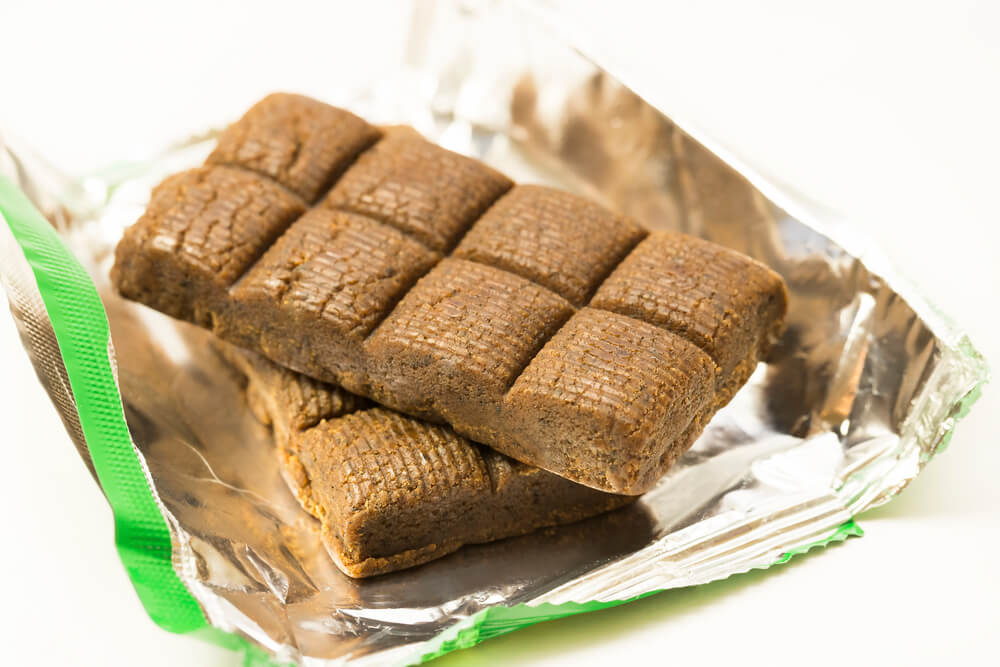Russians love for hematogen shocked Americans
American journalist Mark Hay conducted an investigation into the hematogen, a popular delicacy in Russia. The material “How Russia Loved Sweet Candy Bars Made of Blood” was published in the Vice network online edition.

Фото: Depositphotos
According to "Lenta.ruIn the article, a hematogen is called a product “generated by thrift, pragmatism and centralized totalitarian production and distribution.”
Most of all, the journalist was amazed that the hematogen was produced from the blood of cattle. According to Hay, many Soviet citizens did not know what they were actually eating: some are still surprised by the origin of the famous product.
It is assumed that in Soviet times, bars became an alternative to expensive sweets - for example, chocolate.
As experts, Haye attracted scientists Maria Pirogovskaya and Anastasia Lahtikova.
“People didn’t study what it was made of,” Lakhtikova suspects, “simply because there was nothing else in Soviet pharmacies to treat anemia.” There was also no thought about vegetarians and no squeamishness about blood.
Pirogovskaya said that the mother often gave her a strange "chocolate", bought in a pharmacy. Treat was considered a useful supplement. The children loved him for a sweet taste - it was made from beet sugar, condensed milk and syrup.
Hey stressed that the production of hematogen was long and widespread, many manufacturers in the post-Soviet space still call it an excellent remedy for colds, anemia, and even dull skin color.
The publication explains that the demand for sweet bars is still high. At the same time, now there are many other components in the composition of such bars: nuts, dried fruits and vitamins, but there is almost no blood left.
Hematologist Thomas DeLugery reported that one bar of hematogen contains about 10 milligrams of iron - that is, the recommended dose for children. The fact that this microelement is made from natural blood, he called the "bonus": "It is better absorbed than iron tablets."
Most hematogen manufacturers warn consumers against eating more than one bar per day as a child or one and a half bar as an adult. In addition, it is not recommended to eat it during breastfeeding, during pregnancy or in the case of diabetes. It is recommended not to eat them for longer than a few weeks.
Nevertheless, as DeLugery points out, the side effects of the bar are several times less than those of tablets. Even if the child eats more "iron" in the form of a bar, he will not get it. In the worst case, overeating hematogen can lead to abdominal pain or short-term constipation.
Hematogen was first released in the late 19th century in Switzerland. In the USSR, it appeared after 1917. Sweet bars with bull blood were issued as a food additive to the soldiers of the Red Army.
Read also on ForumDaily:
FDA warned Americans about the dangers of food additives: what you need to know
Personal experience: the terrible American products
Top worst nutritional supplements in America
In New York, banned the sale of famous herbal supplements
Subscribe to ForumDaily on Google NewsDo you want more important and interesting news about life in the USA and immigration to America? — support us donate! Also subscribe to our page Facebook. Select the “Priority in display” option and read us first. Also, don't forget to subscribe to our РєР ° РЅР ° Р »РІ Telegram and Instagram- there is a lot of interesting things there. And join thousands of readers ForumDaily New York — there you will find a lot of interesting and positive information about life in the metropolis.











